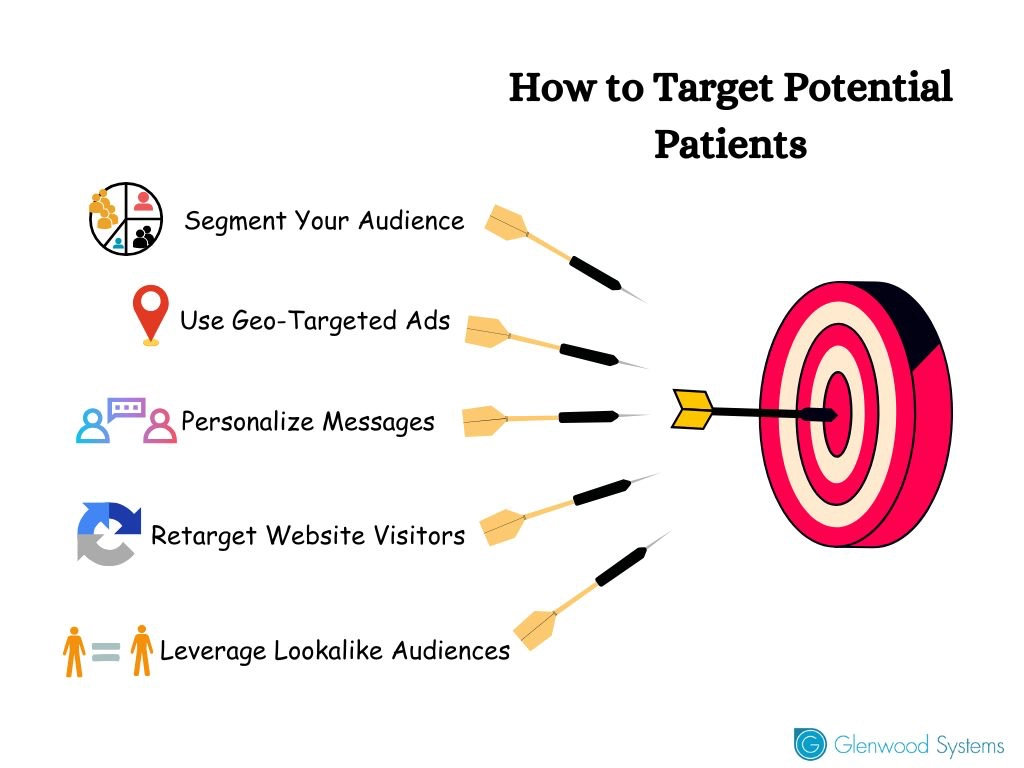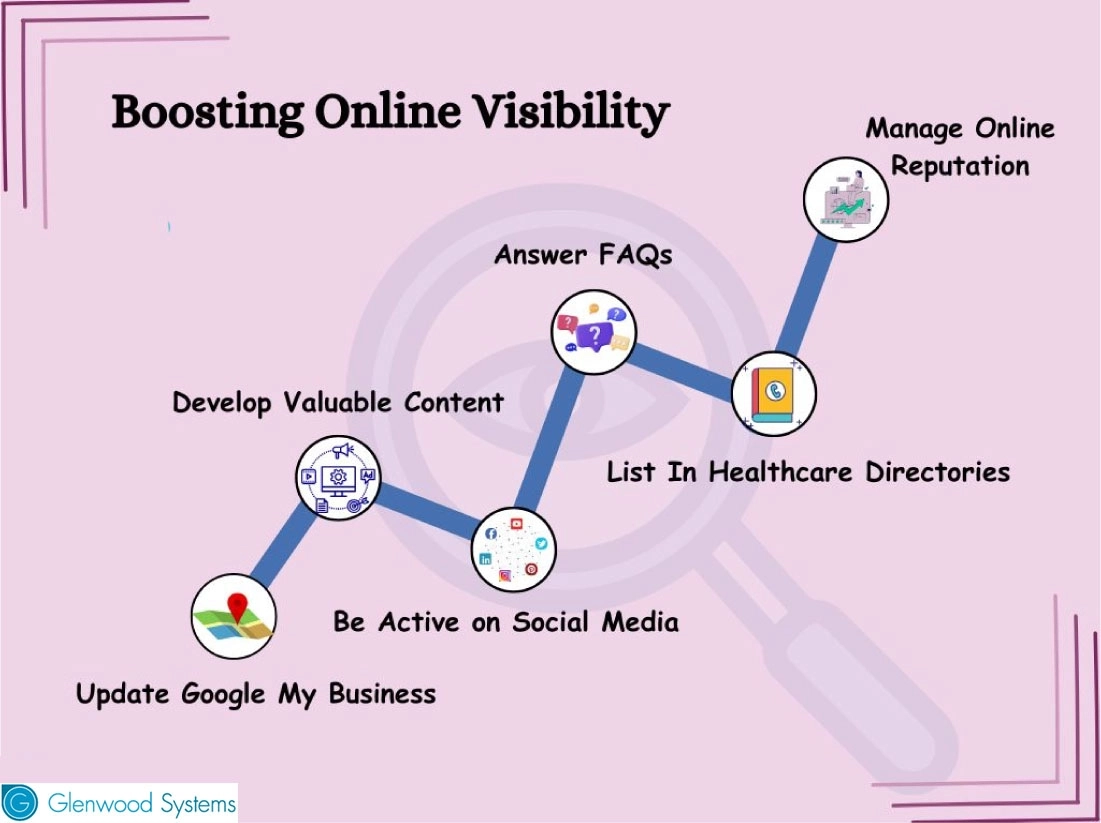Growth doesn’t happen by accident. It’s the driving force behind every successful practice, and new patients keep that momentum alive.
If you’re like most practice owners, you’ve already invested in marketing and patient outreach. But are your efforts paying off? Is your return on investment (ROI) positive, or are you spending more than you should?
Marketing takes the most significant bite of your patient acquisition budget, so every dollar needs to work hard. Interestingly, you probably might not need a complete overhaul, just some strategic fine-tuning. But first, let’s nail down the basics: calculating your patient acquisition costs. Let’s dive in.
Patient Acquisition Cost (PAC) is the total amount a healthcare practice spends to acquire a new patient. The cost includes all marketing, advertising, and promotional expenses involved in attracting and converting potential patients into actual appointments.
Here's how you can calculate your patient acquisition cost.

Your patient acquisition cost (PAC) gauges how efficiently your practice turns marketing spend into revenue. For example, if you spent $10,000 on marketing last month and acquired 100 new patients, your PAC would be:
$10,000 ÷ 100 = $100 per new patient
A lower PAC indicates your marketing efforts are cost-effective, while a high PAC signals inefficiencies or overspending. To generate revenue, the PAC should always be lower than a patient’s lifetime value (PLV), i.e., the total revenue a patient generates while they stay with your practice.
Ideally, you must aim to achieve a PLV-to-PAC ratio of 3:1, which means the revenue you earn from a patient over their lifetime should be at least three times what it costs to acquire them.
And how do you achieve this benchmark? Optimizing your marketing strategy, reducing acquisition costs, and lowering patient churn rates. Here are a few tips that will help you achieve these objectives.
Your medical practice grows as your patient base expands, but high acquisition costs take a toll on your bottom line. According to a report by Promodo, the average patient acquisition cost ranges from $300 to $1,000, depending on the specialty. Another report by First Page Sage further breaks it down, showing that cosmetic and plastic surgery practices have an average PAC of $610, while pediatrics enjoys the lowest at $155.
Acquiring new patients doesn’t have to drain your marketing budget. Here are eight effective strategies to cut patient acquisition costs and maximize ROI.
Not all marketing channels pull their weight; some deliver better ROI than others. Spreading your budget too thin across multiple platforms can drain your resources. Instead, track PAC per channel to see which ones are working.
Leverage tools like Google Analytics, Facebook Insights, and CRM software to track patient interactions and refine your strategy. Once you identify the high-ROI channels, double down on them. If Google Ads drives conversions, fine-tune your targeting and ad copy to boost performance. If social media generates strong engagement, fuel the momentum with interactive content such as educational videos, Q&As, and patient testimonials. Simultaneously, cut out inefficient channels.
Remember that even your best channels have room for improvement. Test different versions of your ads, landing pages, and social posts to see how they influence your PAC and understand what resonates most. And if something isn’t working, change your approach. For example, if an email campaign is underperforming, tweak the messaging. Focus your marketing dollars on the channels that drive the most value.
Casting a wide net in marketing doesn’t yield the best results. It’s not about reaching everyone; it’s about reaching the right people at the right time. Precise targeting reduces acquisition costs and drives higher conversion rates.
Start by understanding your ideal patient persona. Consider their demographics (age, gender, location) and medical needs, then tailor your marketing efforts accordingly.
Here’s how you can optimize your messaging:

Paid ads are a powerful way to attract new patients and drive revenue, but they can be expensive. A poorly optimized PPC campaign can drain your budget without delivering results. According to Google Ads industry benchmarks, the average click-through rate (CTR) in healthcare is 3.27%, and the average cost per click (CPC) is $2.62.
Optimize your paid ad conversions with these PPC best practices:
Boosting your digital presence with SEO is one of the most cost-effective ways to attract new patients. If your practice isn’t visible online, potential patients will choose competitors instead. Optimizing your site, social media, and directory listings ensures patients find you first.
Keep your Google My Business (GMB) profile up to date with accurate details, listed services, and clinic photos. Profiles with more photos perform better. Clinics with 4–5 photos are 5.8 times more likely to get bookings.
Authority and credibility are vital for patient trust. Create valuable health content to build trust and develop a strong, authoritative brand voice. Publish blogs, FAQs, and service videos that answer common patient questions to improve search rankings, attract the right audience, and enhance credibility. Furthermore, verify your profile is complete and consistent across directories, including Healthgrades, Zocdoc, and WebMD.

Driving traffic to your website is only half the battle; you need those visitors to take action. Your website should offer seamless navigation. Patients should quickly find what they need, or they’ll leave. A well-optimized website converts clicks into appointments.
Speed and mobile-friendliness also matter; a slow, clunky site deters visitors, while an intuitive booking experience boosts conversions. Use strong CTAs such as “Book Your Appointment Now” or “Schedule a Free Consultation” with clear, easy-to-spot buttons. Offering 24/7 online scheduling and chat support provides flexible after-hours or weekend booking and boosts acquisition rates.
Patients prefer practices that provide a seamless and stress-free healthcare journey; anything less, and they may look elsewhere. Surprisingly, the patient churn rate in the U.S. is 48%, meaning nearly half of patients switch providers due to dissatisfaction. An exceptional patient experience improves patient retention and revenue by increasing patient lifetime value (PLV).
But how do you elevate the patient experience? The answer is simple: by meeting patient expectations.
Here's what the modern patient expects:
An enhanced patient experience encourages loyalty and referrals, making it a cost-effective strategy for long-term growth.
Online Positive reviews build trust, but negative ones can quickly undo your efforts. According to Repugen, 73% of patients rely on online reviews when choosing a provider, and 60% check two to three platforms before making a decision. Rater8 report reinforces this: 84% of patients read reviews before selecting a provider, with 51% checking at least six.
Encouraging satisfied patients to leave reviews is key, but your job doesn’t end there. Addressing negative feedback matters as much. A Tebra report found that addressing negative reviews can win back 64% of unhappy patients, yet most medical practices overlook this opportunity. Engaging with all reviews, good or bad, strengthens your reputation and patient trust.
A great patient experience naturally fuels word-of-mouth referrals. According to Repugen, 21.42% of patients choose providers based on referrals.
Similarly, effective communication influences patient experience and increases the chances of referrals. A report by SmartCommunications found that 81% of respondents are likely to recommend a practice if its communication exceeds expectations. Additionally, 56% will refer others if the data collection process is smooth and hassle-free.
Every touchpoint is an opportunity to build trust, create loyal advocates, and grow your practice without overspending on marketing. Encourage patients to share their experiences and amplify word-of-mouth marketing with referral perks or discounts.
Expanding your patient base doesn’t have to drain your budget. Simple tweaks can drive high results. But we know how tough it is to juggle everything when you’re stretched thin.
No worries! GlaceGrow, our digital marketing service, takes this weight off your shoulders. We optimize your patient acquisition efforts, website, SEO, social media management, online ads, and reputation management, so your practice stands out where it matters most.
Ready to shine and serve more patients! Let's connect!
Schedule a Free Consultation!
